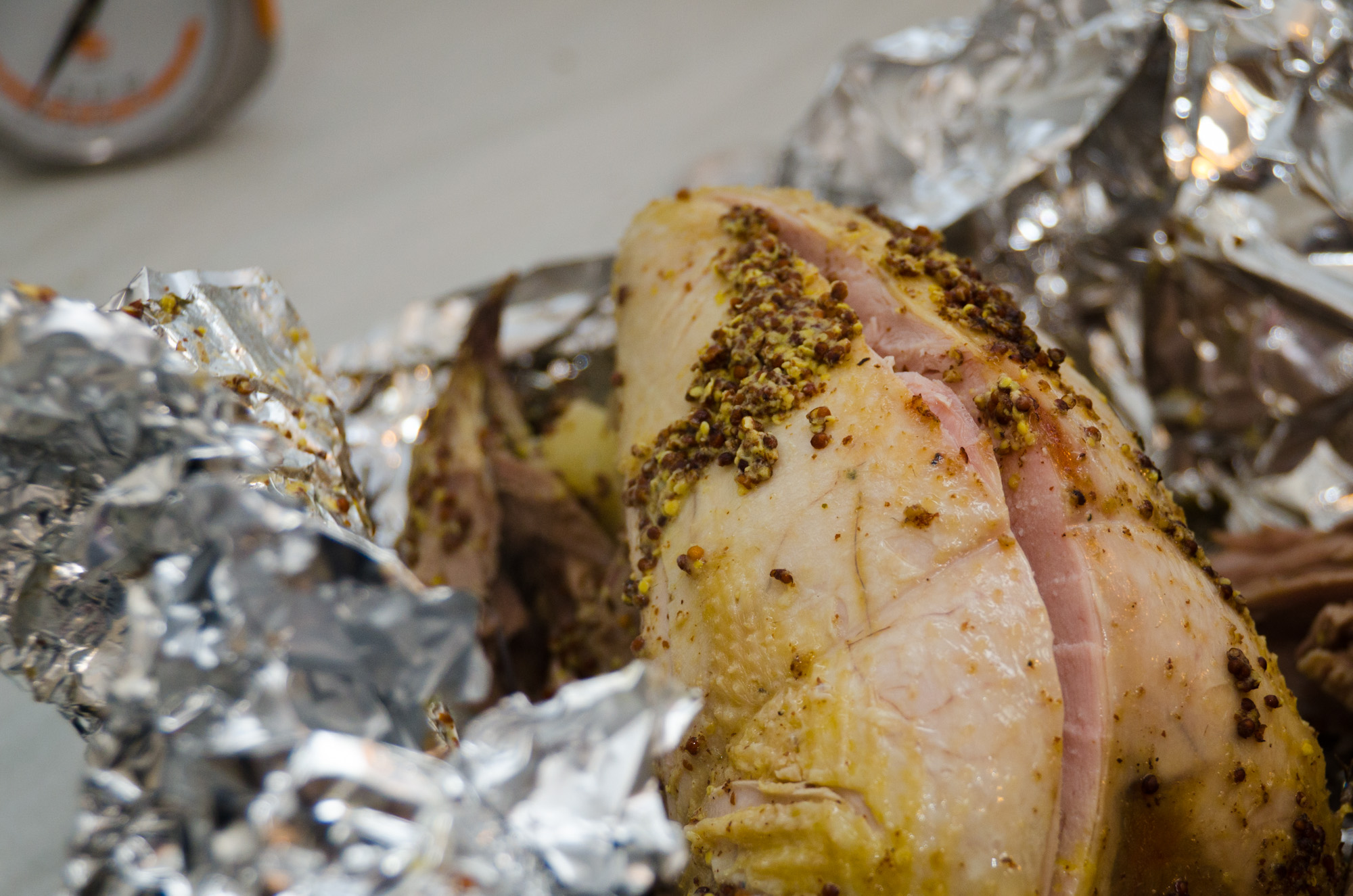German wine with Denise and Douglas: from Sekt and St. Laurent to Pinot Noir and aged Riesling
Sometimes, a wine tasting among friends turns into an unexpected wine and food orgy. Of course, this could never happen to a moderate and austere German like me, not even with Denise, the Winesleuth, and Douglas, of Intoxicating Prose fame, coming to visit. Denise had been given a couple of German wines by a trade representative, and I had suggested to top that up with a few more wines to set things into perspective. Nothing heavy, just a light evening with a bit of wine and food fun among friends.










